Equipment
Yet Another Post About My Issues With UV Filters
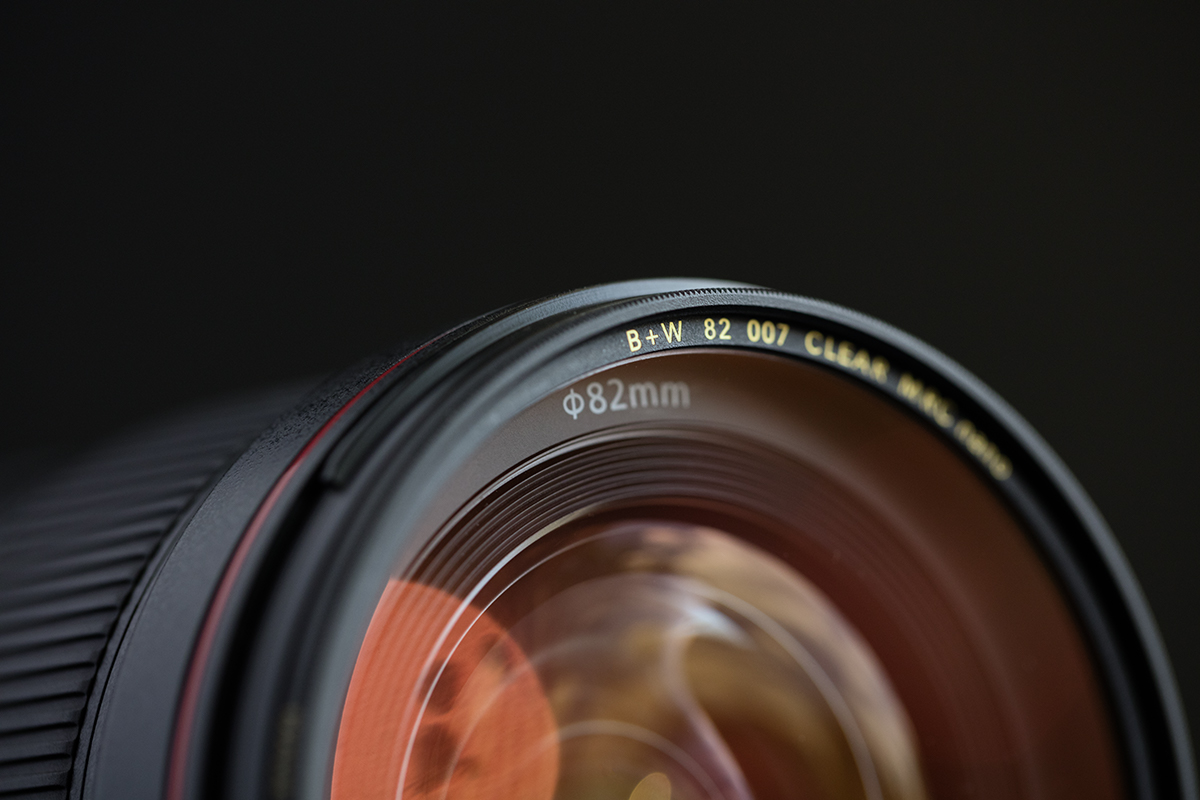
This is a good filter. It is NOT the filter that was returned with the lens in question. Roger Cicala
Yes, I’m sick of filter articles, too. But I come today not to educate you, but to mock others. Because yes, people continue to try to save a few bucks by putting a cheap filter in front of their $1,000 lens. And also because they buy what they think are good filters off of Fleabay or some used place and these filters aren’t what they think. This can particularly happen when you purchase a brand that makes different filters of differing quality.
How bad can it be, you ask? Well, today we’ll show you. Because someone had a 70-200mm f/2.8 lens that had been nice and sharp and then returned it because it suddenly got soft. They were kind enough to return it with their protective filter in place.
So the first thing we did, as we always do, was put the lens on OLAF, which is simply an array of collimated 5-micron pinholes. A good lens should show and an array of small dots or circles. But this lens showed an array of glaring star flare thingies.
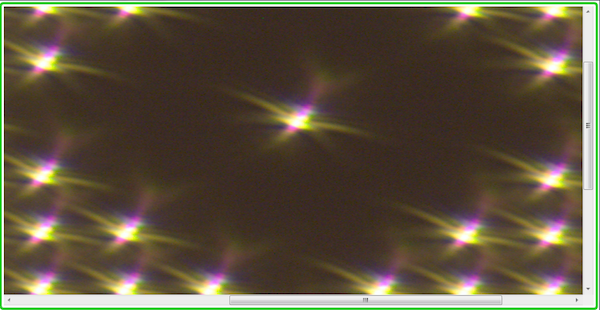
200mm with the filter in place. Olaf Optical Testing, 2017
No question, the customer was right, images from that lens had to be soft. But, just for completeness, we removed the filter, even though its label indicated it was a high-quality filter. Without the filter, it looked just like it should have.
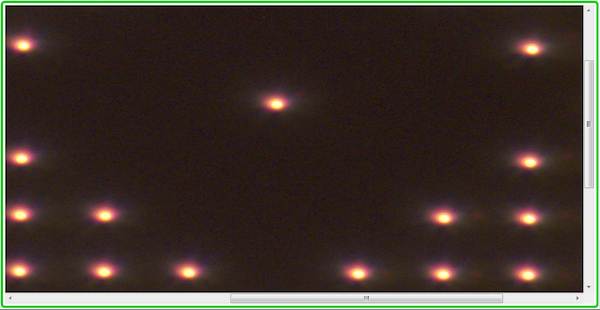
200mm without the filter. Olaf Optical Testing, 2017
Another thing we do on OLAF is slightly defocusing the image. In a nicely centered lens, the dots should turn into regular circles. This is that same lens above, just slightly defocused and looking just like we’d expect.
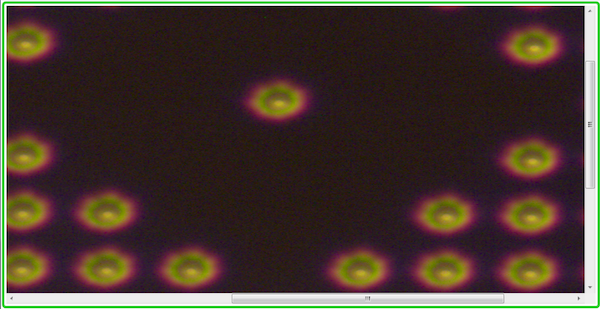
Olaf Optical Testing, 2017
Then we put the filter back on without changing anything else.
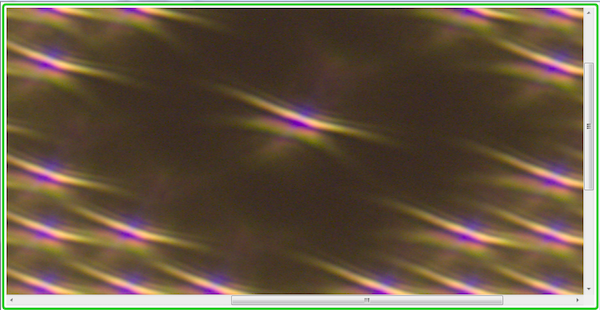
Olaf Optical Testing, 2017
If you have the slightest bit of visual imagination, you can probably figure out that there would be some bizarre, ugly bokeh with the filter on this lens. If you’re an optical geek, you might think that perhaps this filter isn’t really flat optical glass, it’s cheap sheet glass with a bit of wavy thickness.
There are a couple of things I should mention, just for completeness. We repeated the test with other copies of the same lens using the customer’s filter, and the results were identical. We also put a high-quality filter on the client’s lens and while there was a bit of blurring of the pinholes (longer lenses are more sensitive to filters), it was very minor.
So, if you want to know how much a filter that looks shiny and clear when you look through it can affect your images if it’s a cheap POS, well, there you go. Because if you looked at this filter, and looked through this filter, it would look just fine.
And another caution, just because a filter has a name brand on the side you recognize doesn’t mean it’s a good filter. For example, you can buy Tiffen or Hoya brand 77mm protective filters for $15-$18, or a better quality one of the same brand for about $35 , or top-quality for $70+ at a reputable dealer. The $15 filter is not the same quality as the $70 even though they both have the same brand on the side. And if you buy from less reputable dealers all bets are off because knock off cases for the higher priced filters are easy to obtain and the filter inside might not be what you think it is.
To learn more about what I think about UV filters in general, read my article on the topic here. There are circumstances where good-quality UV or clear filters are really a good idea. But there are no circumstances where a low-quality filter is a good idea. None.
Roger Cicala and Aaron Closz
Lensrentals.com
May, 2017
Author: Roger Cicala
I’m Roger and I am the founder of Lensrentals.com. Hailed as one of the optic nerds here, I enjoy shooting collimated light through 30X microscope objectives in my spare time. When I do take real pictures I like using something different: a Medium format, or Pentax K1, or a Sony RX1R.
-
Petrochemist
-
Randy Box
-
Brandon Dube
-
Jeff Allen
-
Sherwood_Botsford
-
Sherwood_Botsford
-
Sherwood_Botsford
-
Sherwood_Botsford
-
Sherwood_Botsford
-
jamesm007
-
Scott Soapbox
-
individual1
-
individual1
-
Brandon Dube
-
Robson Robson
-
Mike Barrett
-
Dmitry Anisimov
-
Michael Clark
-
Brandon Dube
-
Ed Hassell
-
Lewis Johnson
-
Eeseekeal Flamthrower
-
Notna
-
Jesse Lee
-
Jeff Allen
-
Jeff Allen
-
El Aura
